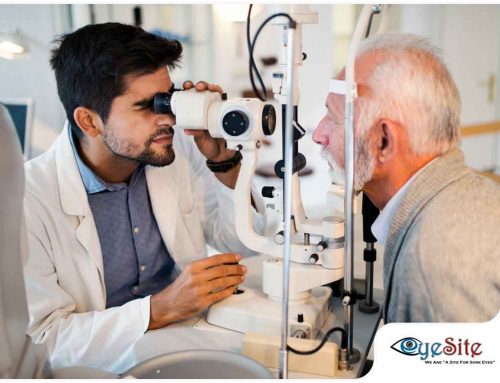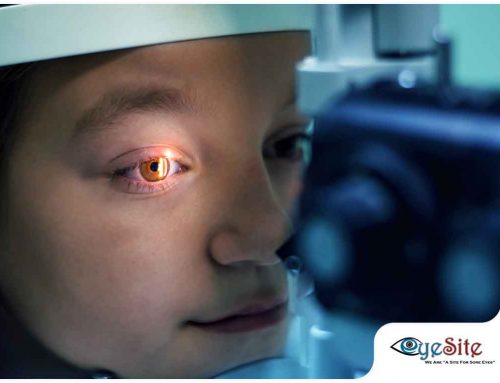Both seasonal eye allergies and dry eye syndrome are characterized by red, itchy, watery eyes. Many people suffer from both conditions during spring and summer.
In this post, your local cataract doctor, EyeSite of The Villages, discusses the relationship between seasonal eye allergies and dry eyes.
Dry Eye Syndrome
Meibomian Gland Dysfunction (MGD)– blockage of the Meibomian gland in the eyelids–is a leading cause of dry eye syndrome. MGD causes the eyes to produce insufficient amounts of oil, which inhibits lubrication.
Common symptoms of dry eye syndrome include irritated, red, itchy and watery eyes. Environmental irritants can make the symptoms worse. Visit EyeSite of The Villages, your local glaucoma doctor, if you’re experiencing dry eye symptoms for a proper diagnosis and effective treatment.
Seasonal Allergies and Dry Eye Syndrome
The link between the two conditions was studied in a 2015 by researchers at the University of Miami. It was discovered that both pollen count and dry eye cases peaked at the same time.
Almost 21% of dry eye cases were recorded in April, while the lowest incidence occurred in the summer, post-allergy season. The researchers found that patients spend around $4 billion yearly for dry eye treatment. About 1 in 5 women and 1 in 10 men are diagnosed with dry eyes.
Symptoms of seasonal allergies and dry eye disease are both amplified by pollen. Allergy symptoms usually include a runny nose and nasal congestion, along with eye irritation.
Consult your eye doctor to determine which condition is causing your symptoms. Proper diagnosis is important when it comes to treating both conditions. You can count on EyeSite of The Villages, your local cataract doctor, for your eye care needs. Call us at (701) 252-2020 or fill out our online form to schedule an appointment. We assist patients in Lady Lake and Oxford, FL.






